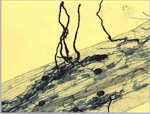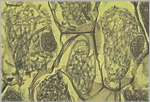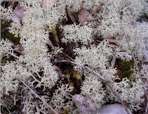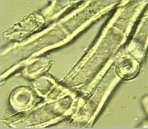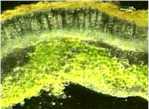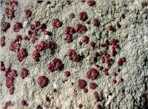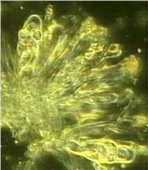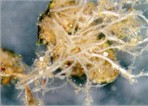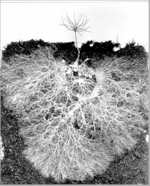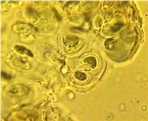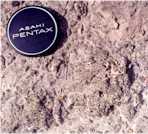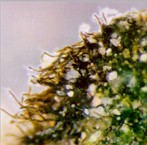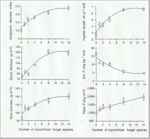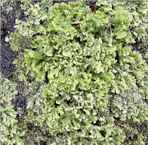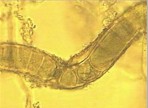..
CHAPTER 13: FUNGAL SYMBIOSIS This chapter is divided into the following major sections:
SAMPLE TEXT: Fungi are involved in a wide range of intimate symbiotic associations with other organisms. Some of the more important examples are discussed in this chapter, and it would be no exaggeration to say that they have shaped the history of life on land. In several cases the fungi and their partners have become so intimately dependent on one another that they have lost the ability to live alone. In other cases the fungi can be cultured in laboratory media but they are, in effect, ecologically obligate symbionts because they seldom if ever grow as free-living organisms in nature. The many thousands of species of lichen are classic examples of this. They grow in some of the most inhospitable environments on earth, where no other organisms can grow, including cooled lava flows and arid desert sands, where they literally hold the place in place! Examples of new types of symbiotic association continue to be discovered. In 1996 a unique association between a mycorrhizal fungus and a cyanobacterium was reported for the first time. In this case the fungus engulfs cyanobacteria, which then provide the fungus with its source of sugars (Gehrig et al., 1996). This ‘dual organism’, Geosiphon pyriforme, is known from only a few natural sites in Germany. Even more recently, a non-photosynthetic liverwort Cryptothallus mirabilis (related to the mosses) was shown to form a partnership with a species of Tulsanella (Basidiomycota), a mycorrhizal fungus of birch trees. When birch seedlings were supplied with radio-labelled CO2 the label was translocated from the birch seedlings to the liverwort, via the mycorrhizal hyphal network, supplying the liverwort with organic carbon nutrients (Bidartondo et al., 2003). We shall see in this chapter that the below-ground networks of fungal hyphae provide potential links between several different types of organism. There is every reason to believe that further examples remain to be discovered. Symbiotic associations are also significant in economic terms. The fungal endophytes of pasture grasses produce toxic alkaloids such as lolitrem B and ergovaline, which are now known to be responsible for several diseases of horses, sheep and other grazing animals (Chapter 14). These fungi have been found in over 60% of pastures in the USA. The many types of mycorrhizal fungi are exploited commercially in forestry and cropping systems. And in a quite different context, fungi form several mutualistic associations with insects, some of which cause serious economic losses. THE MAJOR TYPES OF SYMBIOSIS INVOLVING FUNGI
Table 13.1. The major types of mycorrhiza and their ecological significance
|
|||||||||||||||||||||||||||||||||||||||||||||||||||||||||||||||||||||||||||||||||||

